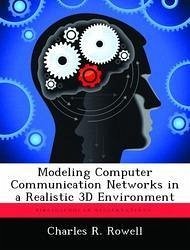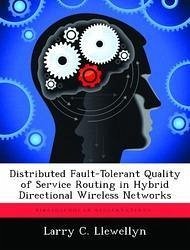
A Study of Quality of Service Communication for High-Speed Packet-Switching Computer Sub-Networks
Versandkostenfrei!
Versandfertig in über 4 Wochen
54,99 €
inkl. MwSt.

PAYBACK Punkte
27 °P sammeln!
With the development of high-speed networking technology, computer networks, including local-area networks (LANs), wide-area networks (WANs) and the Internet, are extending their traditional roles of carrying computer data. They are being used for Internet telephony, multimedia applications such as conferencing and video on demand, distributed simulations, and other real-time applications. LANs are even used for distributed real-time process control and computing as a cost-effective approach. Differing from traditional data transfer, these new classes of high-speed network applications (video,...
With the development of high-speed networking technology, computer networks, including local-area networks (LANs), wide-area networks (WANs) and the Internet, are extending their traditional roles of carrying computer data. They are being used for Internet telephony, multimedia applications such as conferencing and video on demand, distributed simulations, and other real-time applications. LANs are even used for distributed real-time process control and computing as a cost-effective approach. Differing from traditional data transfer, these new classes of high-speed network applications (video, audio, real-time process control, and others) are delay sensitive. The usefulness of data depends not only on the correctness of received data, but also the time that data are received. In other words, these new classes of applications require networks to provide guaranteed services or quality of service (QoS). Quality of service can be defined by a set of parameters and reflects a user's expectation about the underlying network's behavior. Traditionally, distinct services are provided by different kinds of networks. Voice services are provided by telephone networks, video services are provided by cable networks, and data transfer services are provided by computer networks. A single network providing different services is called an integrated-services network.














